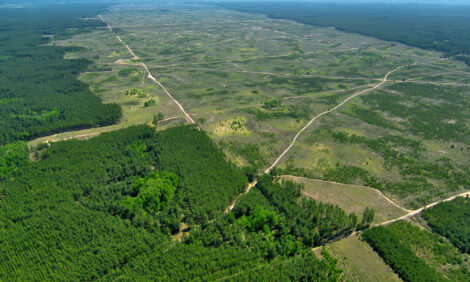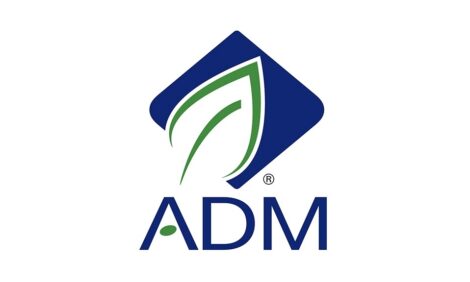



Weekly Overview: Update on High-Path Bird Flu in Italy
GLOBAL - The outbreak of H7N7 highly pathogenic avian flu has already affected more than 850,000 layers and turkeys in Italy. There are also reports on an initiative to reduce food waste and on the growth of the organic food sector despite the global economic crisis. Plus an animal science professor explores how science and human emotions come together in the field of animal welfare.Highly pathogenic avian influenza A virus hit the poultry industry in the Emilio-Romagna region of northern Italy on 10 August. The first birds to be affected were in Ferrara province in a commercial layer flock of 128,000, of which 105,000 hens showed symptoms and 4,000 died. The subtype was subsequently identified as H7N7.
As a result of surveillance within a 10-km radius of the affected farm, one virus-positive bird was found among a 585,000-strong commercial layer flock in neighbouring Bologna province within a week of the first report. Last week, two further flocks have reported losses; both farms rear commercial turkeys, one in Ferrara province and one in Bologna province. Interestingly, the Ferrara turkeys had tested negative for the virus just two days before they showed symptoms.
The four flocks so far affected number more than 850,000 birds. The outbreaks must bring back unpleasant memories for the Italian poultry industry, which was severely hit by highly pathogenic avian flu in 2000-2001.
The Italian response to the outbreaks has received support from the European Commission. At an extraordinary meeting of the Standing Committee on the Food Chain and Animal Health earlier this week, the Italian authorities outlined the very stringent measures adopted to control the disease, reduce its impact on the poultry sector and prevent any potential human health risk. The measures applied in Italy were endorsed by Member States experts.
Also in the news this week, a European initiative has been set up to reduce food waste and redistribute surplus food.
The declaration is in line with the European Commission's goal of halving edible food waste by 2020. It was initiated by FoodDrink Europe, the trade association, which represents the food and drink industries in Europe, and co-signed by several other European trade associations and by the European Federation of Food Banks.
According to the Soil Association's 'Organic Market Report 2013', worldwide sales of organic food and drink reached US$63 billion – more than €45 billion – by the end of 2011. This represent growth of 25 per cent between the start of the global economic crisis in 2008 and 2011.
At the Farm Progress event in the US, an economist with Rabo AgriFinance explained how China's strategy to feed its growing population includes efforts to produce more pork, corn and rice on their own, a move toward more mechanisation and through global import marketing strategies.
Last but not least, we report on a presentation by Dr Werner Bessei of the University of Hohenheim, Germany. At last week's World Veterinary Poultry Association Congress, he explored the roots of the growing public concern over animal welfare in many developed countries and how housing systems and other factors impact our perceptions of animal welfare.








